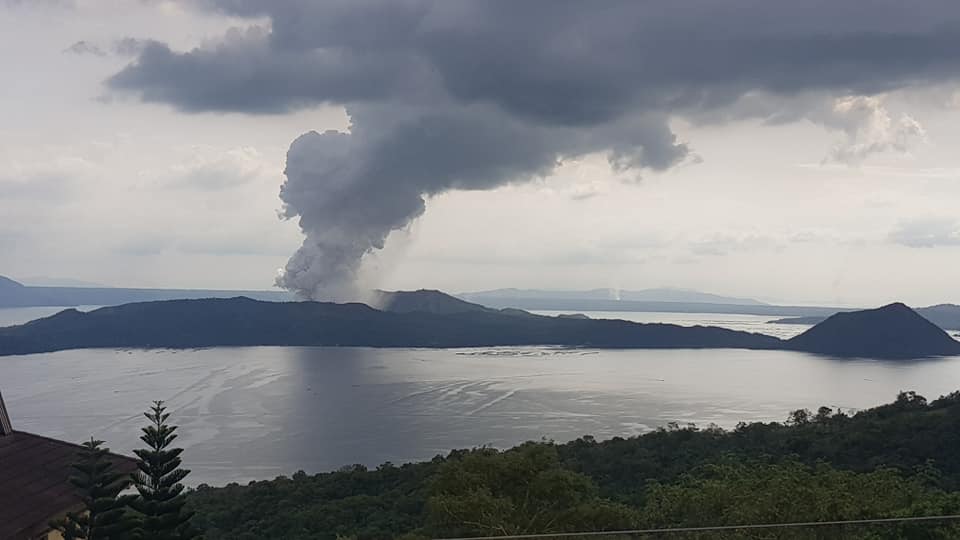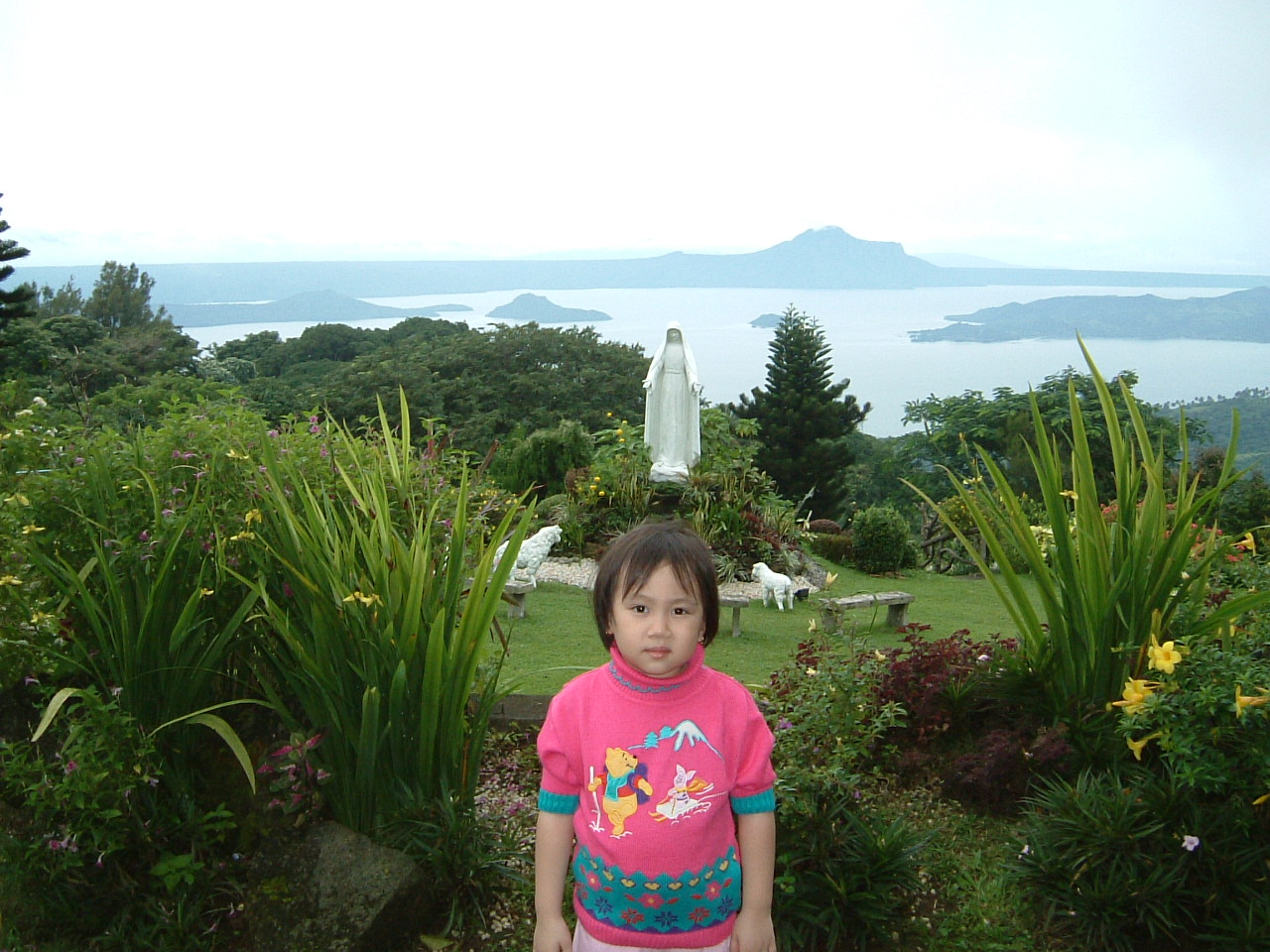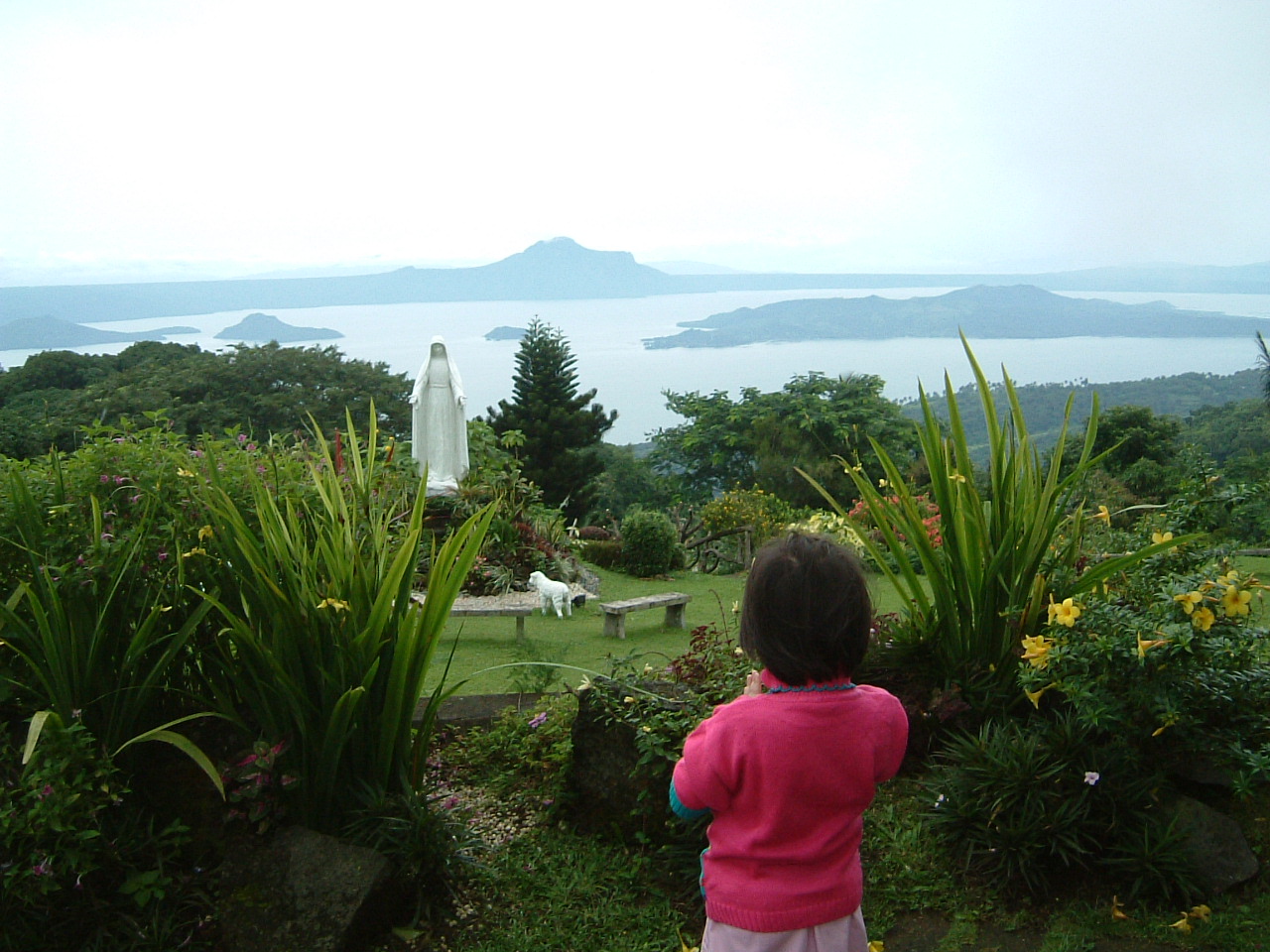Taal Eruption: Childhood in Ashes

The new year didn’t start out great for the Philippines. Earlier this month, Taal Volcano, nestled in the province of Batangas, surprised volcanologists when it suddenly erupted on January 12, 2020. Rumbling and explosions increased in strength throughout the afternoon, and the Philippine Institute of Volcanology and Seismology (PHIVOLCS) raised the volcano’s status to an Alert Level 4 by the evening. They categorized the volcano’s situation as “Hazardous Eruption Imminent,” which meant frequent strong ash explosions, increasing volcanic tremors, lava flow is rising, and high volumes of rockfall. While Taal has quieted down, PHIVOLCS warns against lowering our guard; there could still be activity below the surface.
https://twitter.com/CBSSunday/status/1217830088466685955
The results of the eruption were devastating. 44,000 people from the Batangas and Cavite provinces were forced to evacuate, and the number is climbing due to continuous seismic activity. Their homes and livelihoods are buried in ash and mud, and farmers were particularly hard-hit. Their crops are now buried in ash, and their income for the year is gone. For instance, the provinces are famous for their pineapples. Now, the plantations are covered in ash, and what was once a beautiful sight of fields of vibrant yellow pineapples is gone; it appears as if someone sucked the colour out of the view and put it in grey scale.
Taal Volcano in the Philippines has sent an eruption plume a kilometer above the crater, the Philippine Institute of Volcanology and Seismology says. The agency says the volcano is showing a "fast escalation" in activity and could erupt lava within weeks. https://t.co/XWpgQ4ARCf pic.twitter.com/E35f35WYW1
— CNN (@CNN) January 12, 2020
The effects were not only felt in the two provinces. The volcano’s eruption was felt as far as 60 kilometres away in Manila, where clouds of ash obscured people’s visions. At times, ashfall was thick enough to block out the sun, making driving hazardous. The fumes from the volcano contain microscopic shards of glass among other dangerous particles. Residents were asked to purchase an N-95 Mask to ensure that they aren’t breathing in harmful particles. Authorities are also requesting citizens to bring their pets and animals indoors if they can, as the ash can seriously damage their lungs. Unfortunately, many cannot do so, especially for their large farm animals.
The demand for N-95 Masks, which were recommended by officials, is so high that it produced a black market. Under law, medical supply stores are only allowed a 10% profit margin for each mask, yet sellers continue to jack up the prices. The Department of Trade and Industry (DTI) is currently investigating and shutting down stores that cannot produce delivery receipts that show how much they bought the masks for from the suppliers. The department has stated that they are currently working on setting a set price for the precious masks.

The news was difficult for me to process because it was too close to home. Tagatay, a holiday town south of the capital, was a special getaway spot for me and my loved ones. The city sits just above the ridge of the Taal Volcano Island, and one could wake up every day to the sight of the beautiful lake. Taal is unique in that it’s a crater within a crater with a lake that separates the two. Among the mountains and the waters, one can really forget the fast-paced life in the smog-filled streets of Manila when breathing the clean air. Ironically, the ash polluted air in Tagaytay is currently worse than that of Manila’s.
It was difficult to see that a town where I made many childhood memories is now buried in ash. I still remember certain spots where my family would always eat dinner, at quiet restaurants with a view of the lake. My grandfather and I would excitedly buy ube halaya at the Good Shepherd store, where a religious order would make special homemade goods. I posed for so many pictures in front of a view of Taal Lake, and the scenery is as gorgeous every time. While the drive was not always pleasant, it was always worth it for a weekend in Tagaytay. A place I associated with happiness, relaxation, and calming scenery is now grey, falling apart, and dangerous to be in.

News of the eruption was sad and heartbreaking, but the situation is far from over. The last eruption in 1977 lasted several months, and it took quite a while for the volcano to finally calm down. Other than the fact that the volcano is still active, demanding clean-up efforts will need to be done. Many are still not able to go home, and those that did found their houses covered in ash and mud and their streets cracked open. Evacuees who remain in their emergency shelters are hoping that they don’t come home to the same situation.
Livelihoods will take a while to rebuild. Farmers need to wait until the ash settles to have land to cultivate once again; any harvest they had for the year is now gone. Tourism will not revive until authorities can ensure travellers that the volcano is stable. This is particularly devastating for the holiday towns near Taal. Businesses will be put on hold, and workers who were reliant on them no longer have jobs. While it’s heartbreaking for me, I will never know how hard the eruption hit for residents there. Their entire lives buried in ash, and they have no one to blame; it’s just Mother Nature and her processes.
I want to remind y’all that this is the 20km-radius map that will be affected incase the major eruption of the Taal Volcano will occur and can possibly happen anytime since the volcano is still up to alert level 4. Always stay prepared at lumikas agad sa safe area (green)❗️❗️❗️ pic.twitter.com/i0h4itE7SY
— ß (@BretDmttc) January 15, 2020
A colour-coded map showing the affected area. The user urges people to evacuate to the green zones.
President Rodrigo Duterte has approved the recommendation to deem the island a “no man’s land.” Philippine officials are not allowing villagers to return to their homes until they have deemed it safe. Due to the volatility of the volcano, the situation is still quite unpredictable. Without decisive confirmation that the volcanic and seismic activity has calmed down, residents are still at risk. Interior Secretary Eduardo Ano has stated that Batangas officials have been instructed to find safe housing for the over 6,000 families displaced because of the eruption. The new housing area should at least be 17 kilometres from the volcano and three hectares in size. While this is good for the residents’ long-term safety, the victims of the eruption still require much more immediate relief and protection.
Philippine authorities need to focus on rehabilitating the residents. The standardization of a mask price is the first step, but they could also take it further and provide it to the residents for free. Clean-up efforts need to be coordinated with PHIVOLCS in order to ensure that the situation is stable enough to start rebuilding. The last thing anyone wants is their process of healing to be interrupted by another explosion or more earthquakes. Taal will be under watch, but so will the government and their efforts to help the residents affected by the eruption. For many, we cry for the loss of our childhood memories; for others, they mourn the loss of their future.
Featured Image by Exec8 on Wikimedia Commons, licensed under CC BY-SA 4.0
Editor’s Note: a previous version of this article stated that Taal Volcano’s last eruption was in 1974 rather than 1977. This has been corrected.
Edited by Alec Regino
